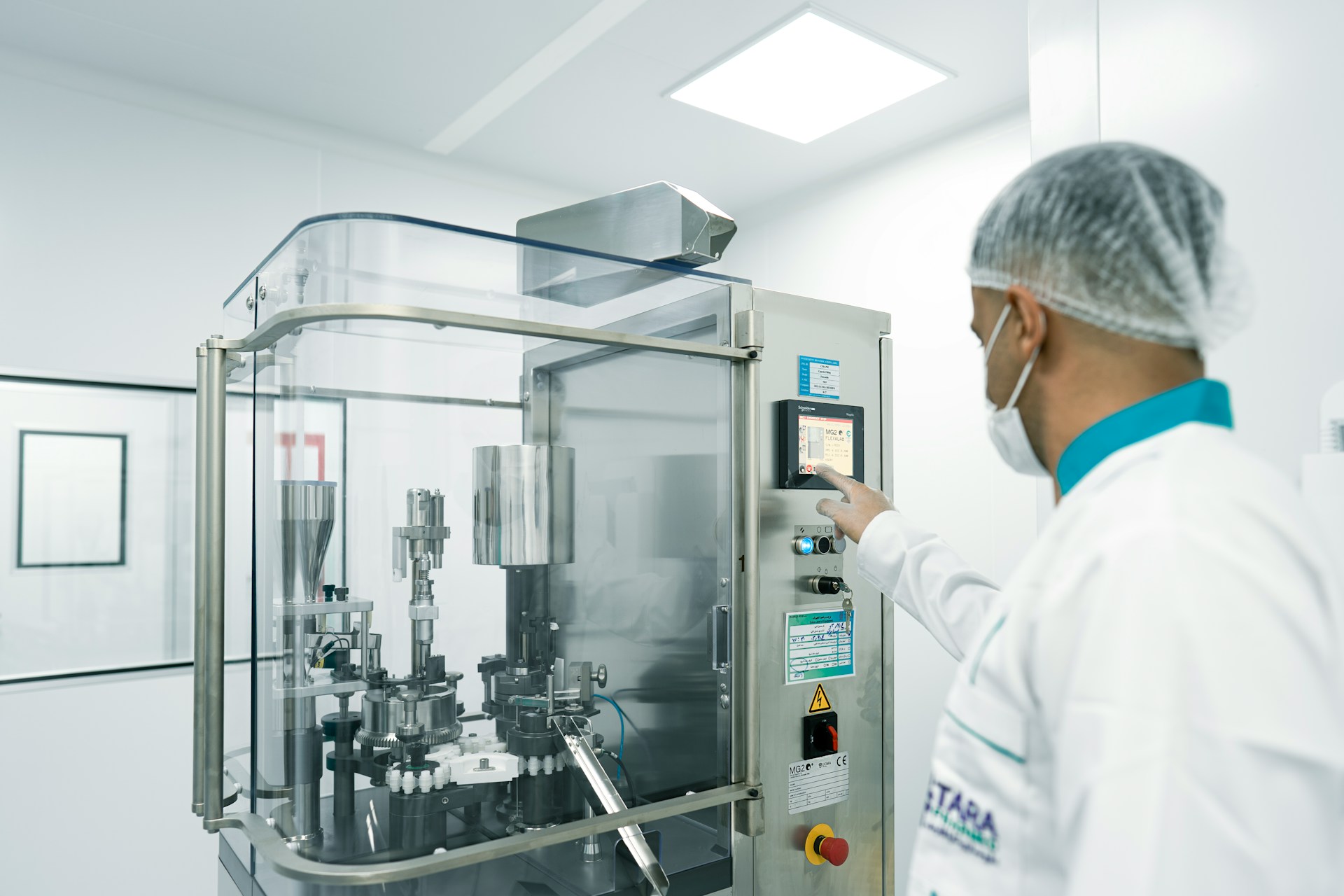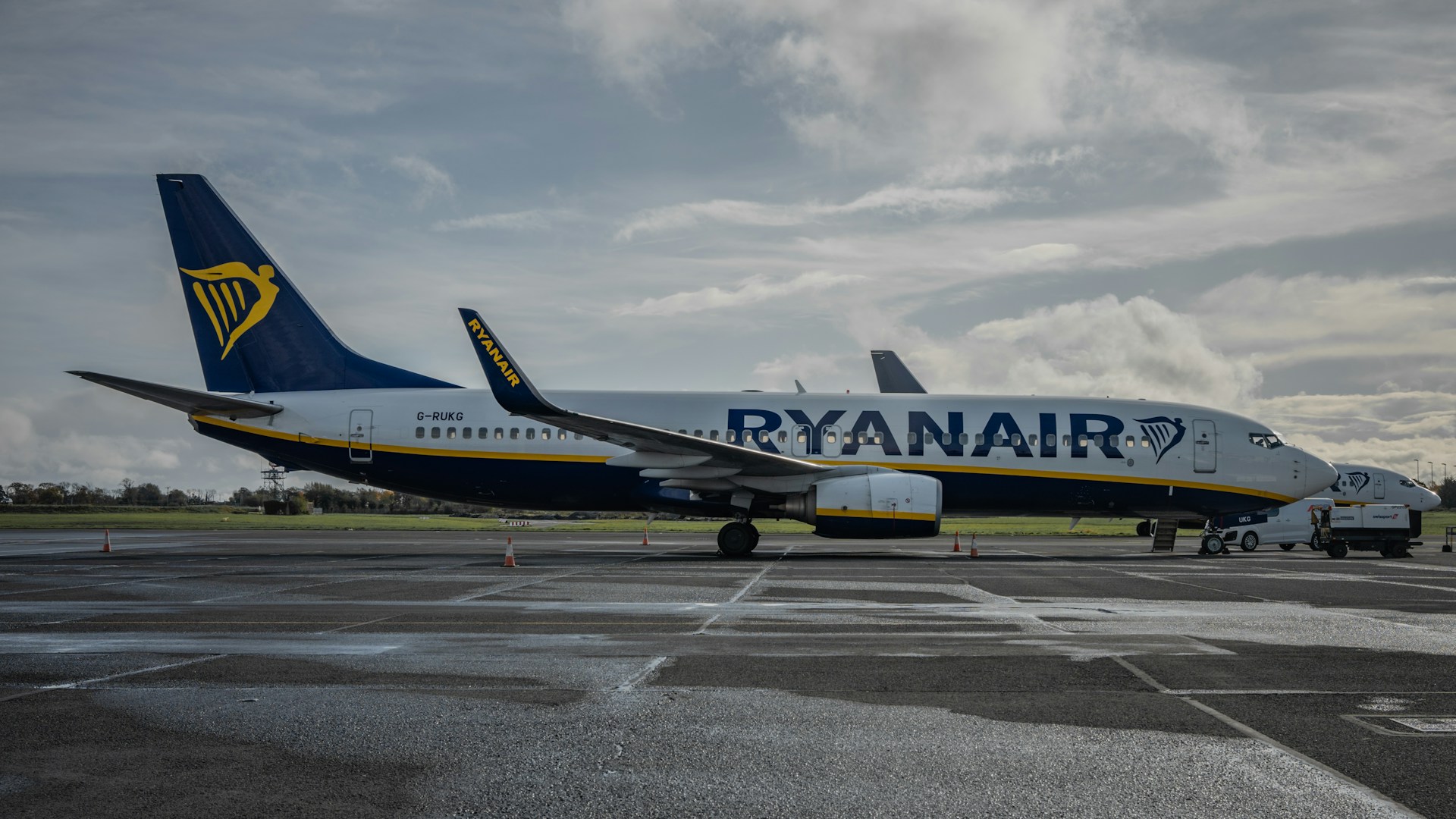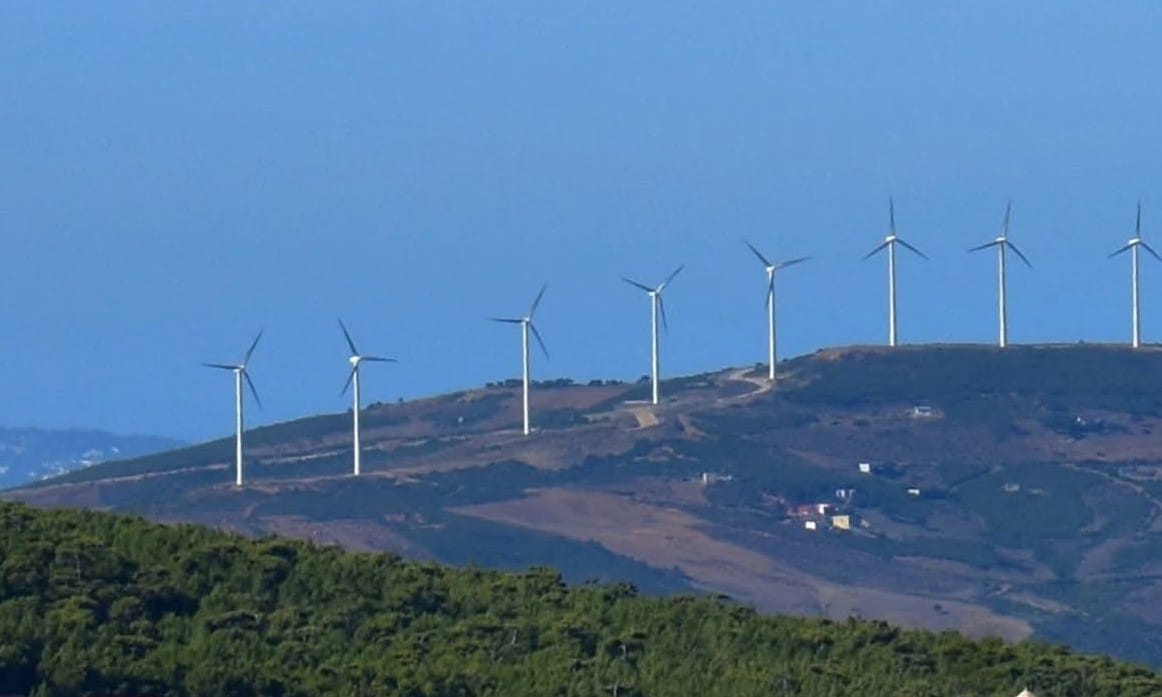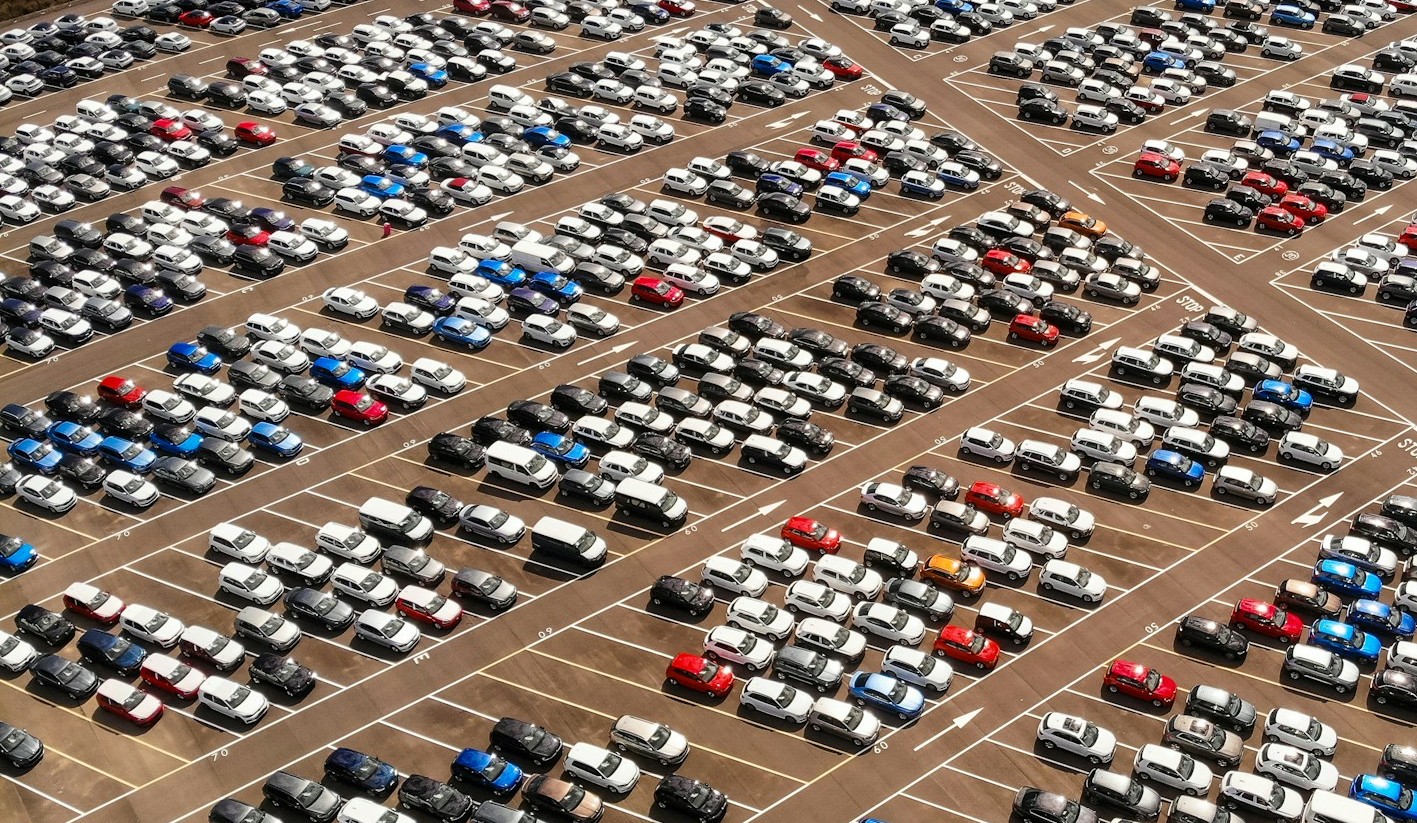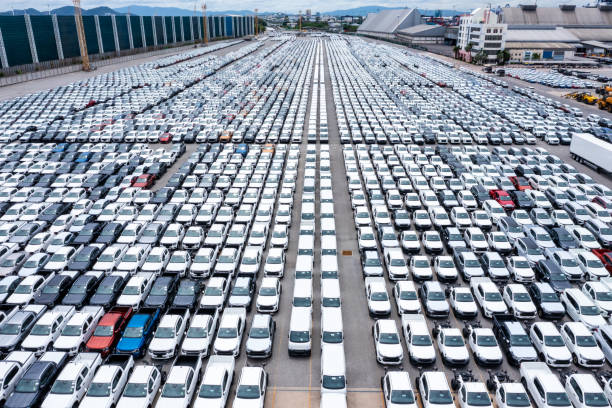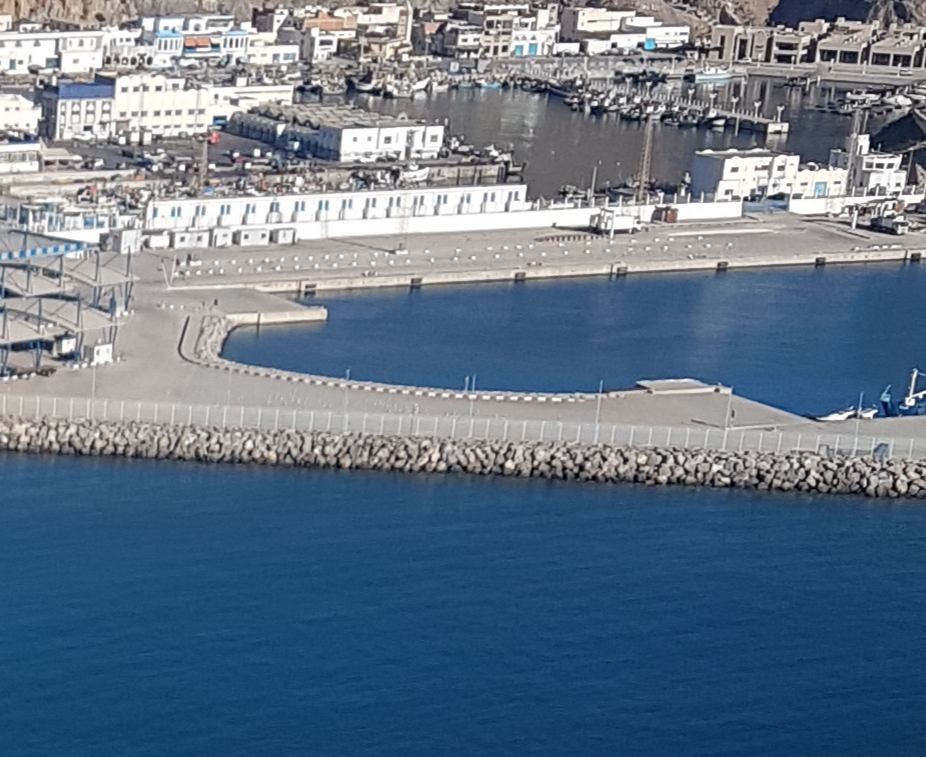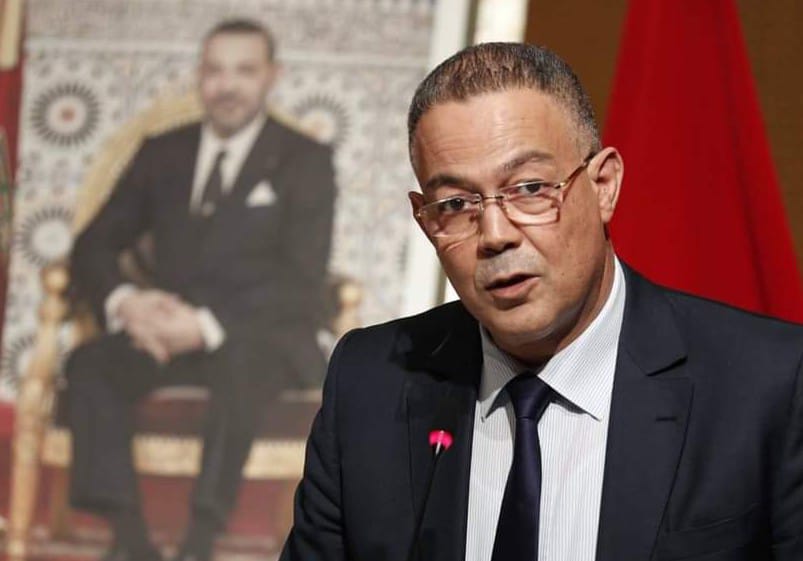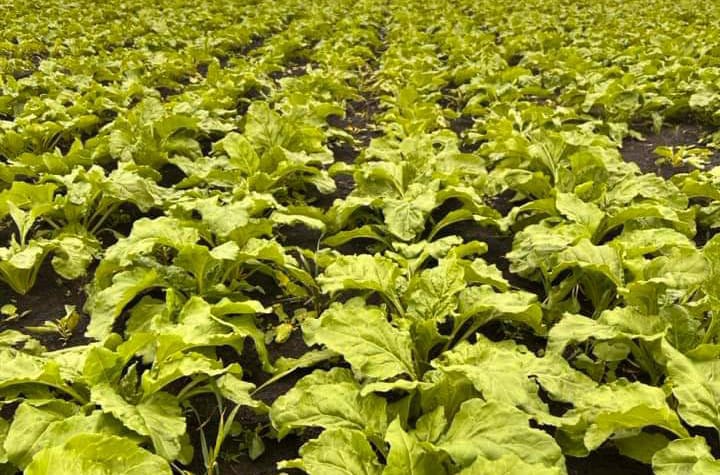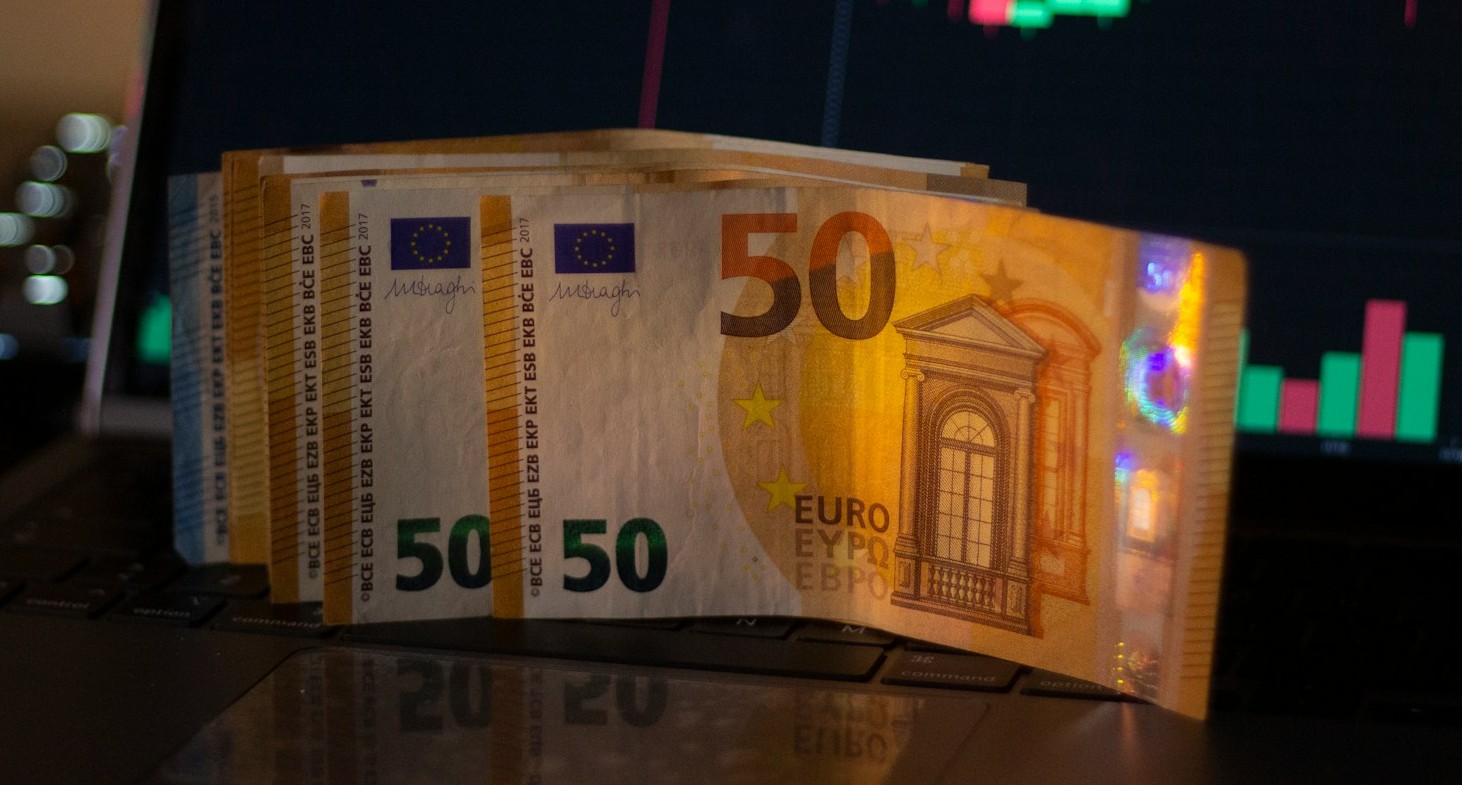Casablanca – Morocco is steadily cementing its place as one of the world’s most competitive automotive manufacturing centers, attracting growing interest from global carmakers amid shifts in the international trade and investment landscape. With major brands such as Renault, Stellantis, and BYD expanding operations in the Kingdom, Morocco has become Africa’s largest car exporter and a key link in the global supply chain for electric and conventional vehicles.
A shift in global automotive dynamics
The global automotive map is undergoing a profound transformation. Once centered heavily around China, the industry is now diversifying its production bases due to rising trade tensions, shifting policies, and new tariffs on electric vehicles imported from Asia. Recent European Union measures, including compensatory tariffs on Chinese-made EVs, have pushed automakers to seek new production hubs closer to European markets.
Morocco and Turkey have emerged as two of the most attractive destinations in this new industrial geography. Both countries combine cost competitiveness, strong trade ties with Europe, and a growing capacity to meet the technological and logistical needs of modern car production.
Morocco’s strategic advantages
According to the technology and industry platform Xataka, Morocco has attracted nearly $10 billion in total investments in its automotive sector. This includes vehicle manufacturing projects, as well as the exploration and use of strategic minerals essential for producing electric vehicle batteries.
The country’s geographic location, just a few kilometers from Europe via the Strait of Gibraltar, provides an unmatched advantage in logistics and market access. In addition, Morocco’s abundant renewable energy resources and expanding industrial infrastructure make it a competitive base for sustainable manufacturing.
These conditions have attracted some of the industry’s biggest players. Chinese electric vehicle giant BYD, along with Renault and Stellantis, continues to strengthen its footprint in Morocco through new factories, supplier networks, and research and development initiatives.
From assembly to global competitiveness
Morocco’s journey in the automotive sector began more than six decades ago. The creation of the Société Marocaine de Construction Automobile (SOMACA) in 1959 marked the country’s first step toward industrial development. Initially focused on assembling imported car parts, SOMACA laid the groundwork for Morocco’s transformation into a global manufacturing player.
A major turning point came in 2002, when Renault acquired a controlling stake in SOMACA for $9.3 million, setting the stage for deeper industrial integration. The launch of the Renault Tangier plant in 2012 represented another milestone. Spanning 300 hectares and employing over 6,300 workers, the Tangier plant produces several key models, including the Dacia Sandero, Dacia Jogger, and Renault Express.
This success encouraged other global manufacturers to invest in Morocco. Stellantis (formerly PSA Peugeot-Citroën) established its own large-scale operations, supported by a growing network of suppliers. The Moroccan Agency for Investment and Export Development (AMDIE) reports that Morocco now hosts 270 automotive suppliers across six regions, compared with just 35 in 2000.
Expanding industrial ecosystems
Cities like Tangier, Kenitra, and Casablanca lead Morocco’s automotive map, hosting major international suppliers such as Valeo, Aptiv, Leoni, Denso, Sumitomo, and Magna. Other regions, including Oujda, Fès-Meknès, and Agadir, are also contributing to the expanding industrial network.
This growth has enabled Morocco to achieve an annual production capacity of about 960,000 vehicles, with a local integration rate of nearly 70%. In 2023, the automotive sector generated $14.1 billion in exports, consolidating its position as Morocco’s top export industry and one of the largest in Africa.
Between 2014 and 2021, the sector created over 180,000 jobs and achieved export revenues exceeding $8.2 billion, according to the Ministry of Industry and Trade. Even during the pandemic, exports remained resilient, totaling $7.4 billion in 2020.
New expansion and future goals
The latest phase of growth is being driven by the Renault Group’s renewed investment in Morocco. During a recent visit to Rabat, Renault Executive Vice President François Provost signed an updated investment agreement aimed at creating 7,500 new direct and indirect jobs and modernizing the company’s production network. The new development plan, extending from 2025 to 2030, focuses on strengthening local manufacturing capacity and integrating new technologies.
Meanwhile, Morocco continues to rank as a leading vehicle supplier to the European Union, accounting for about 4% of all car sales within the EU during the first half of 2025, according to the European Automobile Manufacturers’ Association (ACEA). Production increased by 1.3% over the same period, supported by expanded export capacity.
Skilled workforce and sustainable growth
A vital component of Morocco’s success is its human capital. The Institute for Training in Automotive Industry Trades (IFMIA), founded in 2013, has trained more than 50,000 technicians and engineers, with an employment rate of 98% in international firms. This continuous investment in workforce development ensures that Morocco remains an attractive destination for advanced manufacturing.
As global automakers adapt to the electric transition, Morocco is positioning itself not only as an assembly hub but as a strategic industrial base for electric mobility. With strong policy support, renewable energy integration, and a favorable geographic position, the country is on course to become one of the world’s most dynamic and sustainable automotive production platforms.


